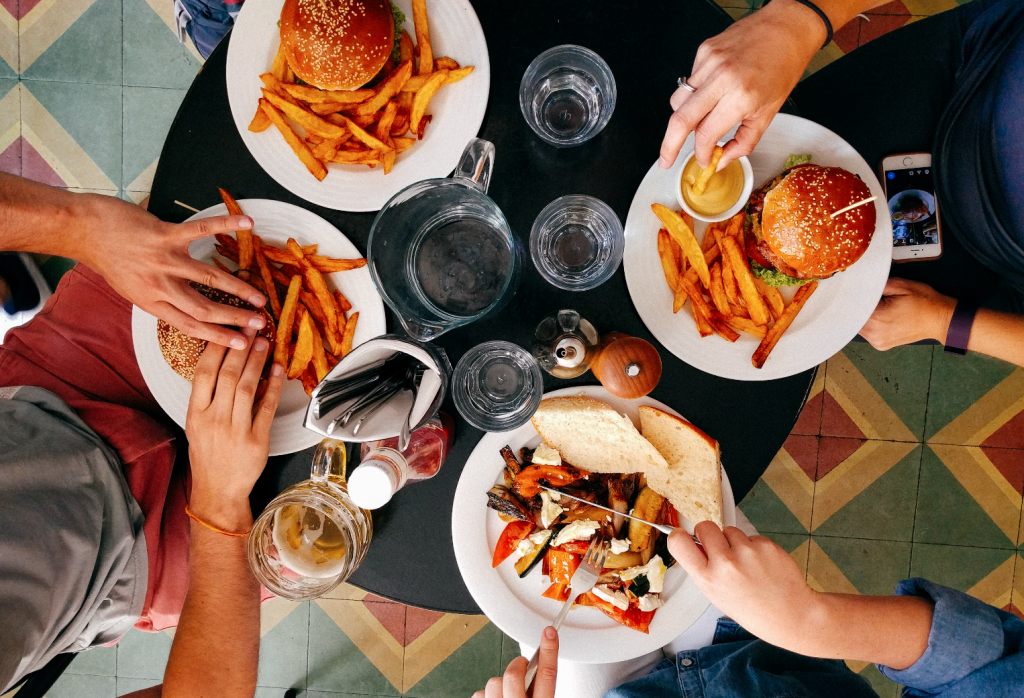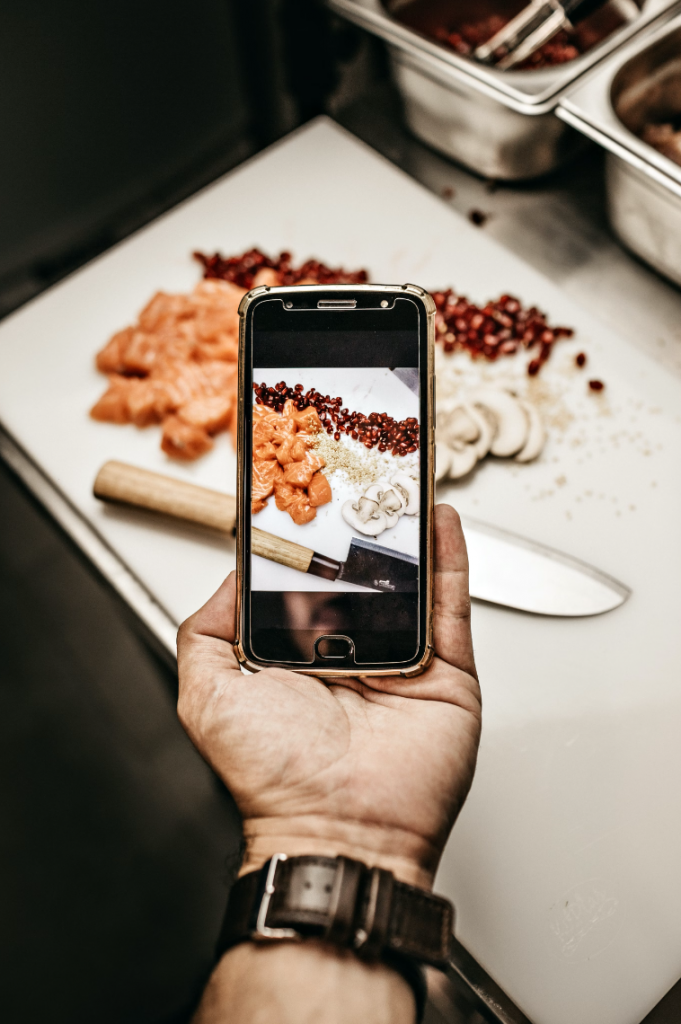Introduction
In the era of Instagram-worthy meals and culinary influencers, the art of food styling has emerged as a critical skill for presenting dishes that not only satisfy the taste buds but also captivate the eyes. This article delves into the secrets of food styling, exploring how you can elevate your culinary creations for the camera and leave a lasting impression on your audience.
The Psychology of Visual Appeal
Beyond taste, visual aesthetics play a significant role in the enjoyment of food. The way a dish is presented can influence perceptions of flavor and create a memorable dining experience. In a world where social media platforms are flooded with visually stunning dishes, mastering the art of food styling is essential for culinary enthusiasts and professionals alike.
Understanding Composition Principles
At the core of compelling food photography lies the mastery of composition principles. Achieving balance, symmetry, and creating focal points are essential elements that can transform an ordinary dish into a visually captivating masterpiece. This section explores how these principles contribute to the overall appeal of food images.
Selecting the Right Props and Backgrounds
Props and backgrounds serve as the supporting actors in the visual narrative of your dish. From rustic wooden boards to elegant tableware, the right props can convey the story and ambiance of your culinary creation. Learn how to choose backgrounds that complement your dish and enhance its visual impact.

Color Harmony in Food Styling
Color has the power to evoke emotions and enhance the appetite. This section delves into the principles of color theory, guiding you on how to use colors strategically to create visually appealing and appetizing presentations. Harmonizing colors in your food styling adds an extra layer of sophistication.
Mastering Textures and Contrasts
Texture is a key element in making your dish visually interesting and appealing. Learn how to enhance the tactile qualities of your food through careful styling and the strategic use of contrasts. Balancing smooth and crunchy textures can create a dynamic and engaging visual experience.
Plate Presentation Techniques
Artful arrangement on the plate is an essential aspect of food styling. This section explores techniques for creating visually pleasing compositions, considering factors like balance, negative space, and the overall harmony of elements on the plate.

Leveraging Lighting for Stunning Shots
Lighting is a crucial factor in food photography. Explore the impact of natural light and learn how to harness its soft glow to enhance the visual appeal of your dishes. Additionally, discover how to use artificial lighting effectively to create specific moods and atmospheres.
Capturing Moments: Action Shots in Food Photography
Adding life to your food images involves capturing the dynamic moments in the culinary process. From sizzling pans to pouring sauces, action shots contribute authenticity and vibrancy to your visual storytelling.
Strategic Use of Garnishes
Garnishes can elevate a dish’s visual appeal, but their use requires precision. This section provides insights into choosing and placing garnishes strategically to enhance the overall presentation without overshadowing the main elements.
Photographing Different Cuisine Styles
Every cuisine has its unique visual characteristics. Learn how to adapt your styling techniques to showcase the distinctiveness of various culinary genres, allowing the flavors and cultural essence of each cuisine to shine through.
Editing Tips for Polished Culinary Creations
Post-processing is the final step in refining and enhancing your food images. Discover editing tips to maintain authenticity while polishing colors, sharpness, and overall aesthetics for a professional and polished look.
Developing a Signature Style for Branding
Consistency is key in building a brand identity through food styling. Explore the importance of developing a signature style that reflects your culinary personality and creates a cohesive brand image.
Showcasing Culinary Creativity on Social Media Platforms
Social media is a powerful platform for sharing your culinary creations with a wider audience. Learn strategies for capturing attention and engagement through visually appealing content on platforms like Instagram and Pinterest.
Common Food Styling Pitfalls to Avoid
Even the most experienced food stylists encounter challenges. This section addresses common pitfalls and offers guidance on recognizing and overcoming them, ensuring continuous improvement and refinement of your skills.
Conclusion
In conclusion, the secrets of food styling go beyond mere aesthetics—they are the key to creating an unforgettable culinary experience. By incorporating these techniques into your culinary repertoire, you not only enhance the visual appeal of your dishes but also create a lasting impression on those who savor your creations.
Frequently Asked Questions (FAQs)
- Do I need professional photography equipment for effective food styling?
- While professional equipment can enhance your photography, even a smartphone with a decent camera can produce stunning food images. It’s more about understanding your tools and techniques.
- How can I choose the right props for food styling?
- Explore local markets, thrift stores, and even your own kitchen for unique and complementary props. Experimenting with different items can add character to your food compositions.
- Is natural light always the best for food photography?
- Natural light is often preferred for its softness, but artificial lighting can be used creatively. Experiment with both to find the lighting that best suits the mood of your dish.
- What are the key elements of a visually appealing plate composition?
- Achieving balance, symmetry, and creating focal points are essential elements of visually appealing plate compositions. Consider negative space and overall harmony for a captivating presentation.
- How can I maintain authenticity while editing food images?
- While editing is a valuable tool, it’s crucial to maintain the authenticity of your dishes. Avoid excessive manipulation and focus on enhancing the natural beauty of your culinary creations.
